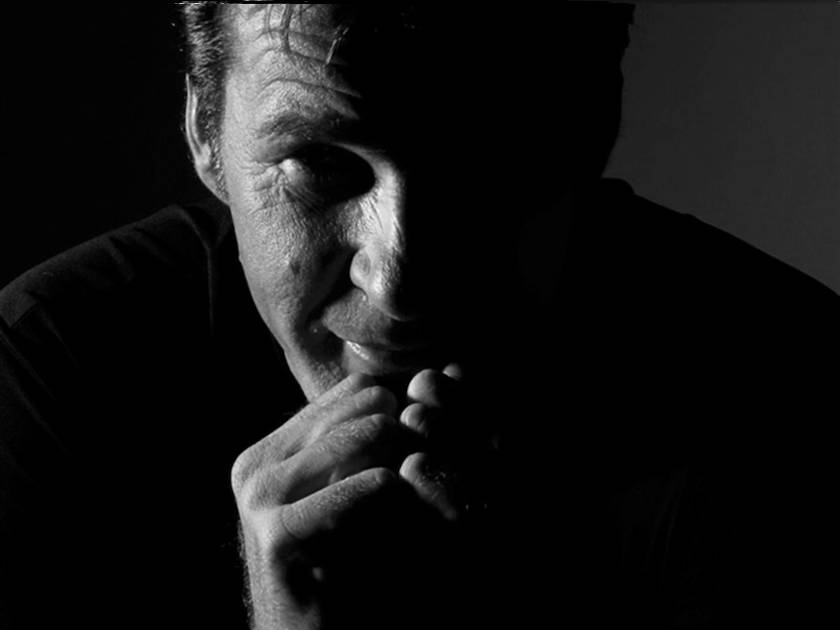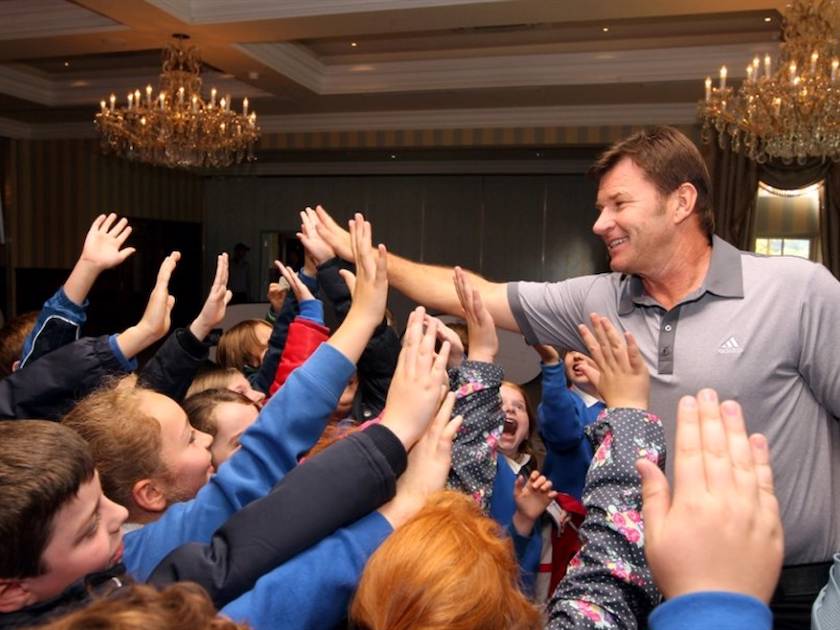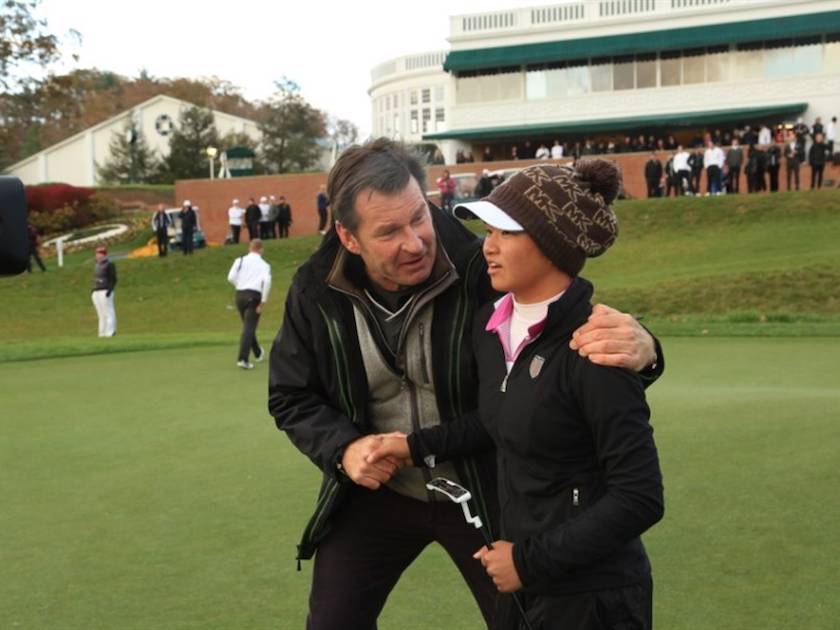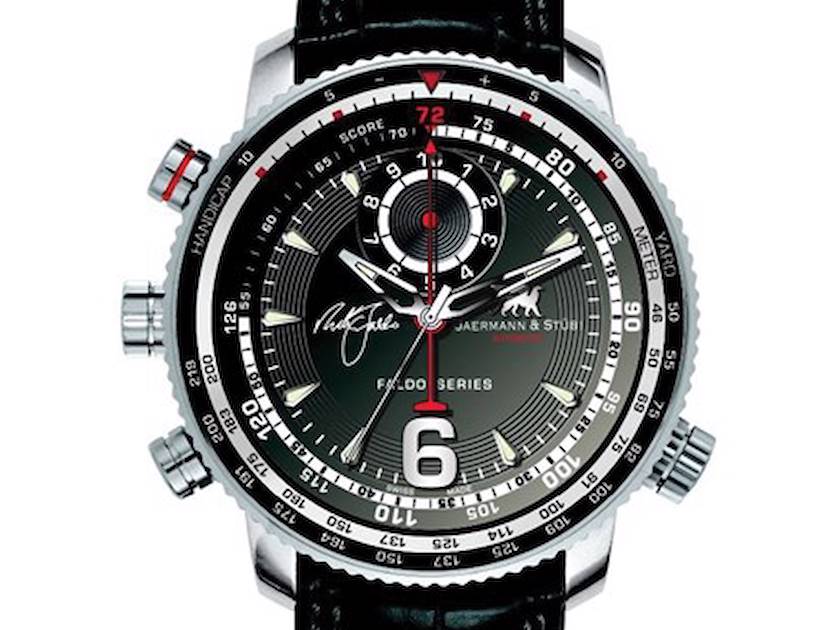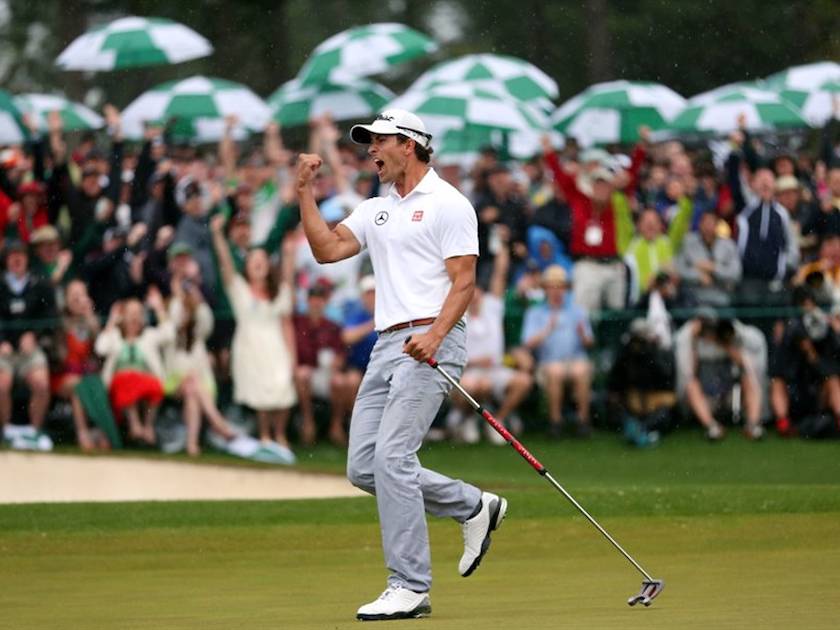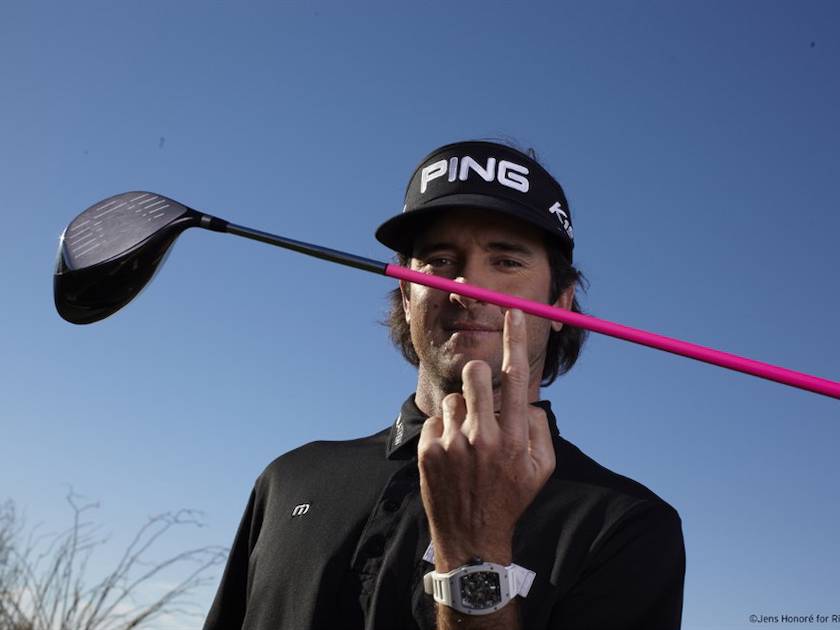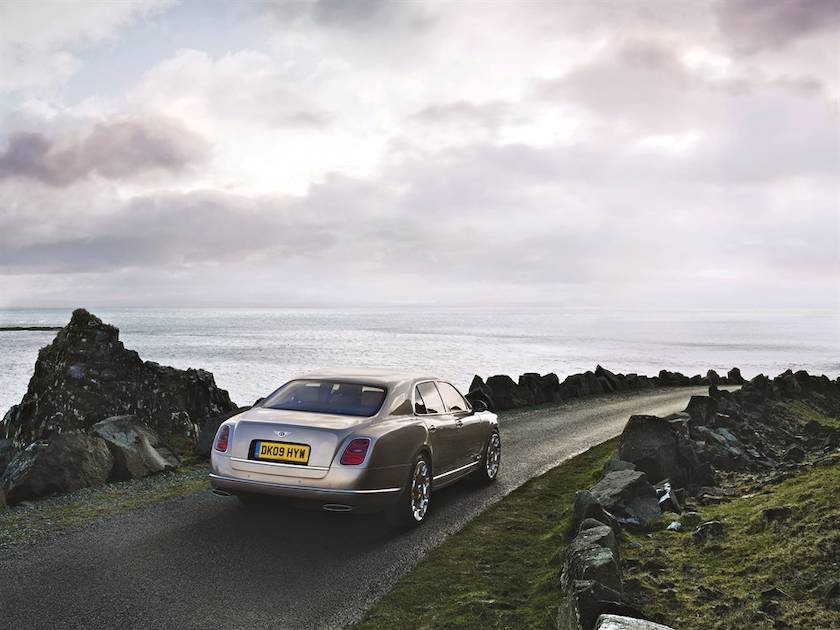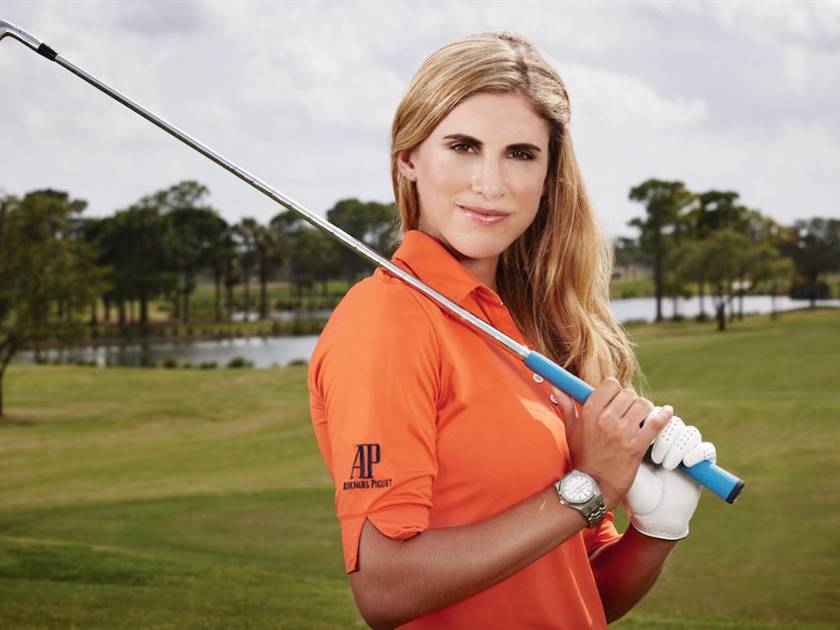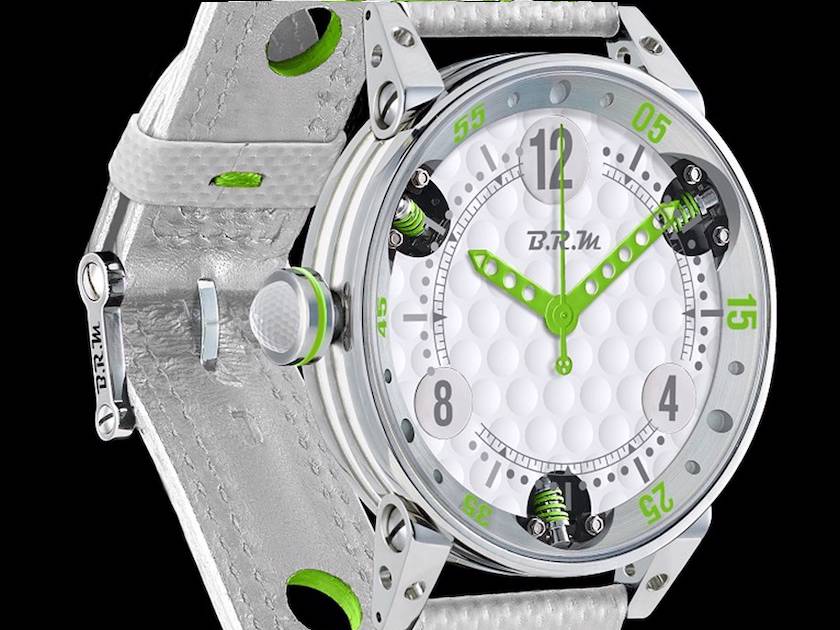Nick Faldo's - Jaermann & Stubi watches
What makes a good interview? For me it’s finding new and fascinating angles rather than the oft repeated questions. Nick Faldo’s words have been recorded countless times, but now he has, so to speak, put his irons in the fire.
On a warm and sunny evening in July, I find myself aboard the London Underground on my way to interview Sir Nick Faldo. I am already late, which is not conducive to my peace of mind, and it’s hot and sweaty in the carriage. I defend my space like an angry dog as we pull into a station and passengers pour in through the open doors. It’s on journeys like this that you just know the train will stop halfway through a tunnel and you will be subjected to an extra ten minutes of inhaling the delightful odours that are percolating around the carriage - and yes, that’s exactly what happens. I get off the train at Kensington High Street and immediately my phone rings. Andy, from the PR company responsible for arranging the interview, is on the other end asking me where I am. He doesn’t sound too stressed so they are obviously running late. The interview is taking place at Urban Golf in Kensington, a bar with a difference: the golfing theme. They have a selection of simulators on which to test your skills at varying courses from around the world. Nothing like scoring a few double bogeys before talking to one of the legends of golf!
THE FALDO SERIES. The interview with Nick is to find out about the Faldo Series as well as a new line of watches from the Jaermann & Stübi brand created to support this cause. They have been made by melting down a set of Nick’s irons that he used to win the Los Angeles Open in 1997. The company have created 72 watches, each of which originates from a specific golf club. A percentage of the sale price from each watch is being donated to the Faldo Series, a non profit organisation that promotes talented young golfers from around the globe.
So how did the connection with Jaermann & Stübi come about?“This is all to do with the (Nick Faldo) Series. Jaermann & Stübi have made this limited edition watch partly as a contribution to my charity. They have, in the past, done the same with Seve Ballesteros. They explained exactly what they wanted to do, which was to take a set of my clubs, melt them down and use the metal to make the casings for the watches. So I rummaged around and came up with the set that I used to win the LA Open, my last major success at the end of my career.”
The watch that you have with you has a six on it; does that mean that it came from the 6 iron?“No, the six refers to the number of majors that I won during my career. If you look closely you will see written on the watch the corresponding iron that it came from; this was made from my 2 iron.”
How much are these watches retailing for?“I think this edition is retailing for $25,000 and $1,000 from each sale goes to the Series. They have made 72 watches so $72,000 goes to us, which is a very nice contribution to our cause.”
Could you tell me more about the Faldo Series?“Yes, well it’s worldwide now. We have Patrick Young whose role is to grow globally, and my son Matthew is the tournament director based in Winsor. He runs the tournaments and events across Europe. In Asia the events are run by the federations and we just oversee them. The winners from the finals in Asia and Europe then play in a grand finale at Mission Hills in China. So what we have created is an opportunity for up and coming kids to experience a professional golf environment. This involves the good and the bad experiences, from winning competitions in different countries to suffering from jet lag, eating different food to playing on different grass. It’s all a great learning curve for these budding golfers.”
How did the idea for the Series come about?“Well the question was always being asked, where are the next great players going to come from? So, I tried something out back in the late 1980’s, a sort of Masterclass. Two of our first young golfers to take part were Paul McGinley and Padraig Harrington, just unknown kids at the time. So that was what you could call the prelude to it. Then we got the idea of dividing Great Britain up into six areas. Golfers played at three events in each region and the winners then played in a grand final. The prize was to accompany me to America to spend a week golfing. Nick Dougherty was my first; he won three of the first four finals, and then after that Rory came along. I knew him when he was twelve. We then created something called Team Faldo where I personally selected players and we went to various locations prior to them competing at events in order to play practice rounds and work on their form. After that, we expanded our reach to Asia and played two exhibition matches in Hong Kong. A young girl came along to these matches by the name of Yani Tseng. I played with her and thought, wow she's good! From this, we expanded to twenty locations across Asia. Now, in January, we are adding Australia and New Zealand. So my goal, very simply, is to have two grand finals and eventually progress to four, at which point we will have it pretty much covered. We can then bring all the winners together for some kind of world cup.“
Where are the funds coming from at the moment?“R&A, European Tour, we have the PGA tour of America on board, Asian Tour as well as some other sponsors. I also do some fund raising. We have two charitable trusts, one in Britain and one in Asia, and we are working on setting up a foundation in America. So the important thing is to grow golf and get kids to try the game, make it fun.“
Where do you envisage the Series being in five years time?“We call this the bubbling under time; there is a lot more interest. We have been doing this for twenty years now and if we get a major sponsor then anything is possible. You know, my son went to Brazil recently and he meet a kid living in the favelas. He had nothing to his name and was living in a crowded shack with one parent and many siblings. He took part in our event and won. This is a perfect situation where if we had the funds we could do so much more, helping someone who obviously has talent to make a difference to his own and his family’s life. To be able to give him a chance, put him through college. We had another kid from Bhutan, lived in a tent, played on a rocky nine hole golf course. The kid had never been in a car, never on a train. He plays our event and wins it! When he returned to Bhutan, the King came to his tent to congratulate him. We may not change the world, but we can change the perception of golf and help some talented kids achieve their dream in the process. And you cannot put a price on that.“
